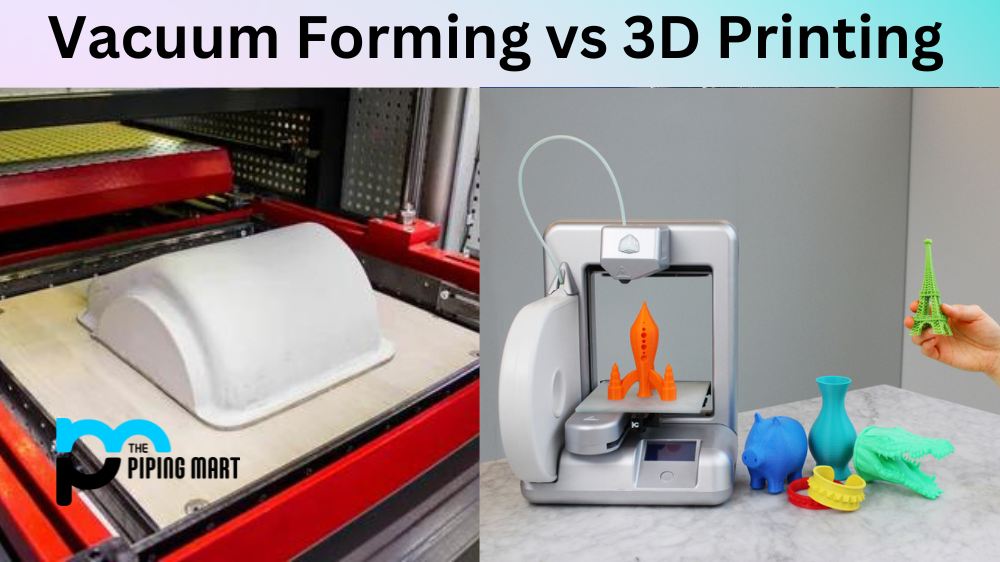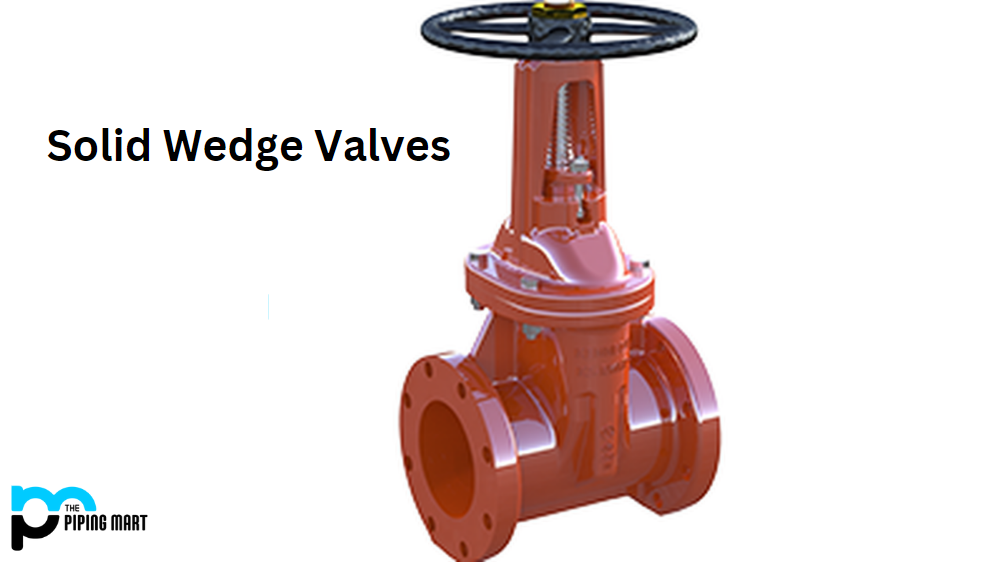Flux-cored arc welding (FCAW) is a type of welding that uses an electric arc to join two metal surfaces. It is a relatively new form of welding, but it has become increasingly popular due to its efficiency and ease of use. In this article, we will discuss the advantages and disadvantages of FCAW so that you can make an informed decision about whether or not it is the right choice for your project.
5 Advantages of FCAW
The biggest advantage of using FCAW is its speed. Since the wire feeds continuously, welders can complete projects much faster than other welding methods, such as stick welding or gas tungsten arc welding (GTAW). Additionally, FCAW requires less skill than other methods since there is no need to strike an arc or manually feed filler material. This makes it a great choice for beginners just getting started in the welding field.
Another advantage of FCAW is that it produces high-quality welds with minimal spatter. This makes cleanup quick and easy, saving time and money in the long run. The flux core also helps protect against oxidation during the welding process, which improves results even further. Finally, FCAW can be used on virtually any type of metal, which makes it extremely versatile compared to other methods.
Faster Welding Speeds
One of the primary advantages of flux-cored arc welding is that it can be performed at much faster welding speeds than other types of welding. This is due to the fact that the molten weld pool is protected from oxidation by the flux core, which allows for higher welding speeds.
Less Heat Input
Another advantage of flux-cored arc welding is that it requires less heat input than other types of welding. This is because the flux core helps shield the weld pool from heat loss, which allows for lower heat input and less workpiece distortion.
Greater Deposition Rates
Flux-cored arc welding also has more excellent deposition rates than other types of welding. This means that more weld material can be deposited in a shorter time, leading to increased productivity.
Reduced Spatter
Flux-cored arc welding also produces less spatter than other types of welding. This is because the flux core helps to shield the weld pool from oxygen, which reduces spatter formation.
Increased Penetration
Another advantage of flux-cored arc welding is increased penetration into the base metal. This is due to the fact that the molten weld pool is protected from oxidation by the flux core, which allows for deeper penetration into the base metal.
5 Disadvantages of FCAW
One disadvantage of FCAW is that it does not work well on thin metals since the flux core can cause warping in thinner materials due to its heat-generating properties. Additionally, since the flux core contains chemicals, special ventilation systems must be used when performing this type of welding which adds extra cost and complexity to projects involving FCAW. Finally, because the wire feeds continuously, inexperienced welders may need help controlling their speed which can lead to inconsistent results or wasted material if too much wire is fed into the weld pool.
More Expensive
One of the primary disadvantages of flux-cored arc welding is that it is more expensive than other welding processes. This is because the equipment required to perform the process is more expensive than other methods. Additionally, the consumables used in flux-cored arc welding are more expensive than those used in other processes.
Requires More Skill
Another disadvantage of flux-cored arc welding is that it requires more skill than other welding processes. The welder must control the arc and maintain a consistent welding speed. If the welder has the necessary skills, they may produce welds of good quality or not strong enough.
Limited to Thin Materials
Flux-cored arc welding is also limited to thin materials, as thicker materials can cause the weld pool to become unstable. This can lead to welds of poor quality or needing to be stronger. Additionally, thick materials may require multiple passes to weld completely, increasing the time required to complete a project.
Can Produce Excessive Spatter
Another disadvantage of flux-cored arc welding is that it can produce excessive spatter. This can be a problem when welding on delicate materials, as the spatter can damage or cause discoloration. Additionally, spatter can be a safety hazard, as it can cause burns if it comes into contact with the skin.
Can Produce Harmful Fumes
Finally, flux-cored arc welding can also produce harmful fumes. These fumes can contain toxic chemicals that can be dangerous to breathe in. Welders need to wear proper respiratory protection when performing this process.
Conclusion:
Flux-cored arc welding has become increasingly popular due to its efficiency and ease of use. However, as with any welding method, some advantages and disadvantages should be considered before deciding if it’s right for your project. By understanding both sides, you can make a more informed decision about whether or not FCAW is the best choice for your situation. With proper knowledge and practice, you can use this powerful tool to achieve excellent results every time!

Meet Bhavesh, a seasoned blogger with a wealth of knowledge and experience. From metal products manufacturing to retail, Bhavesh has a diverse background in various industries and is dedicated to sharing his insights and expertise with readers.




